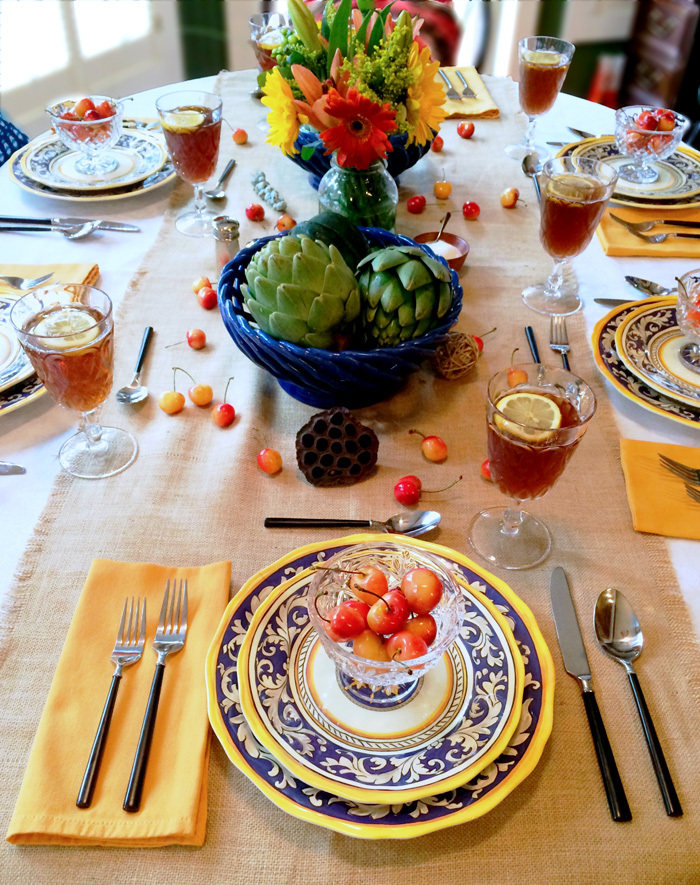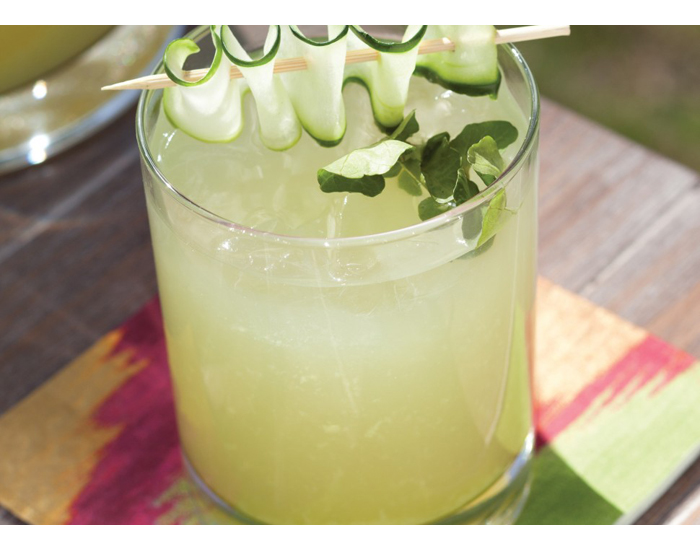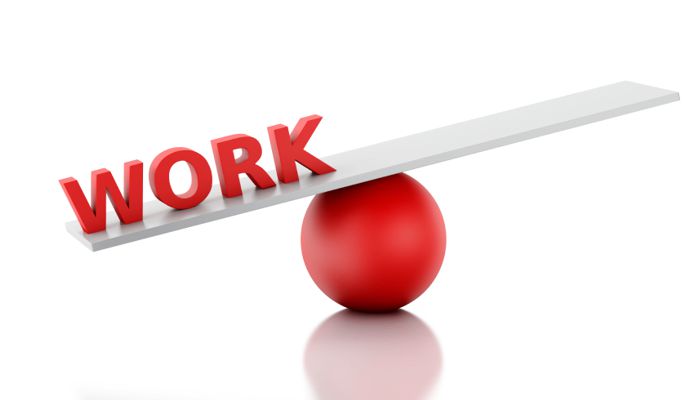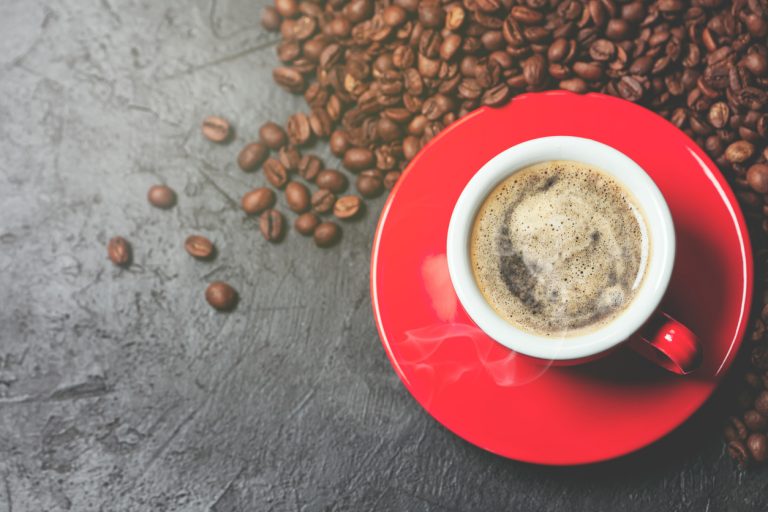Dining Etiquette: What Do You Do If It Rains?

I recently hosted an evening dinner party where the meal and entertainment were to take place outside. An hour before my guests arrived, an unpredicted rainstorm hit and we had to quickly revert to “Plan B.” An assortment of friends, coworkers, and clients were arriving to enjoy a relaxed evening, and the bad weather was attempting to rain on my parade. Well…that was not going to dampen my spirit. The role of a good host is to make their guests comfortable, and that was exactly what I was going to do! We simply shifted gears and took the party indoors. Setting up tables, chairs, and using the same outdoor place settings, we created a warm and friendly party environment inside. To make the meal interesting, we changed seats every course so everyone could mingle with different groups of friends. I find that often the “unpredictable” makes things much more fun. Whether you are eating indoors or out, the rules of the table always stay the same. Not stuffy or pretentious, but functional and friendly. Here are a few dining etiquette do’s and don’ts to keep in mind:
- Do practice polite seating. If your host has name cards pre-set, they have thoughtfully placed you next to someone they feel you will enjoy. Changing place cards is disrespectful to your host. If there are no place cards or seating plan, make a point to sit near at least one person you don’t know, or speak with on a regular basis.
- Don’t start eating until the host signals you may begin. Often a host proposes a welcome toast before the meal. Allow them to lead the way, providing ample time for guests to be seated and served. When toasting, the protocol is to raise your glass towards the middle of the table and forgo the clank of glasses and splash of liquid.
- Do remove your cell phone from the dinner table. At a dinner party or cocktail event, technology should not be seen or heard. Even if you notice other guests ignoring this recommendation, avoid the temptation to check your email, texts, or social media accounts. Your host will appreciate your full attention.
- Don’t drink from your neighbor’s water glass. Bread and solids are placed on the bread plate stationed on the left side of your place setting, and liquids are always on your right. If you find yourself reveling in your table mate’s wine, apologize and offer to get him or her a fresh glass.
- Do let the host know why you aren’t touching the soup. If you have a food allergy or intolerance, discreetly let your host know why you aren’t eating the particular course. If you’re following a specific diet for health or ethical reasons, don’t feel obligated to eat items on the menu you’d rather avoid.
- Don’t separate the salt and pepper. This may sound a bit silly, but it’s always most comfortable for S & P to be passed together to eliminate multiple requests for the spices that end up stationed at different locations on the table.
- Do skip the dessert table until you have finished your entrée. Avoid juggling multiple dishes or putting a slice of cheesecake on your dinner plate. Instead, approach the dessert table after you have finished your main course.
- Don’t season your food before taking a few bites first. Covering your steak in ketchup or hot sauce may be received as an insult to the chef. Savor the flavors, mild or otherwise, and resist the urge to alter them significantly.
- Do include others in table conversation. Make sure you are engaging everyone around you in table talk, and not yelling across the table, or excluding those sitting to your right or left.
- Don’t turn your coffee cup upside down. It is not polite to turn your coffee cup over to signal you don’t want coffee or tea. Simply say, “No, thank you” to your host when she offers and continue making dazzling conversation with fellow guests.




